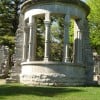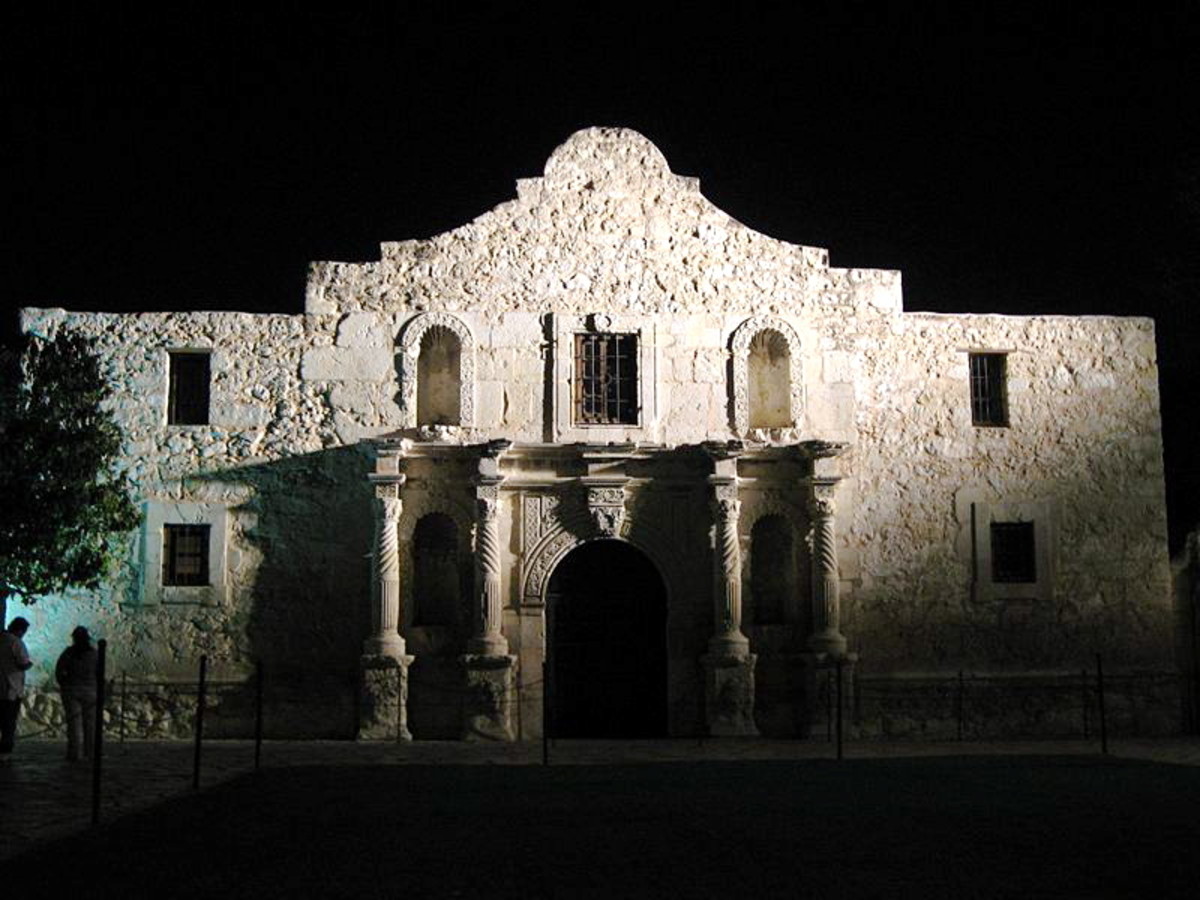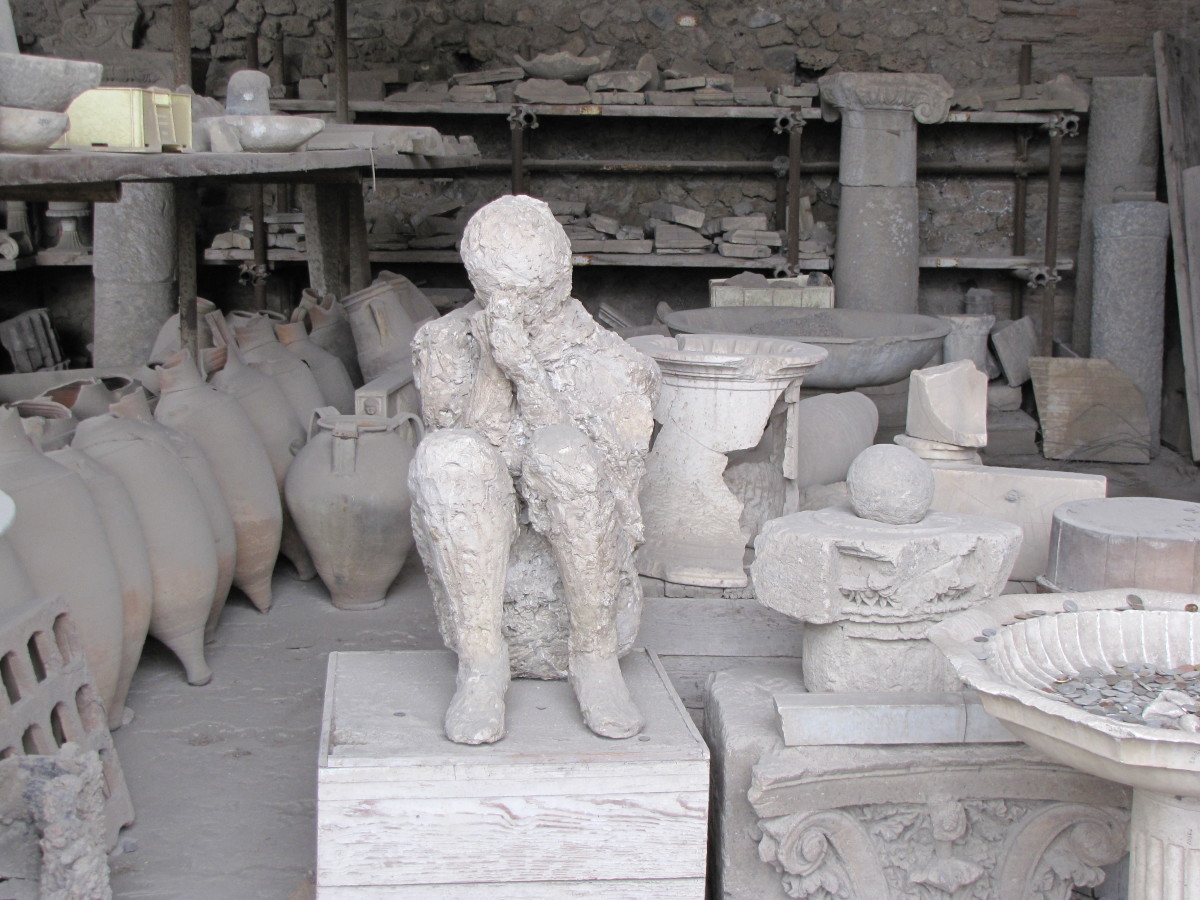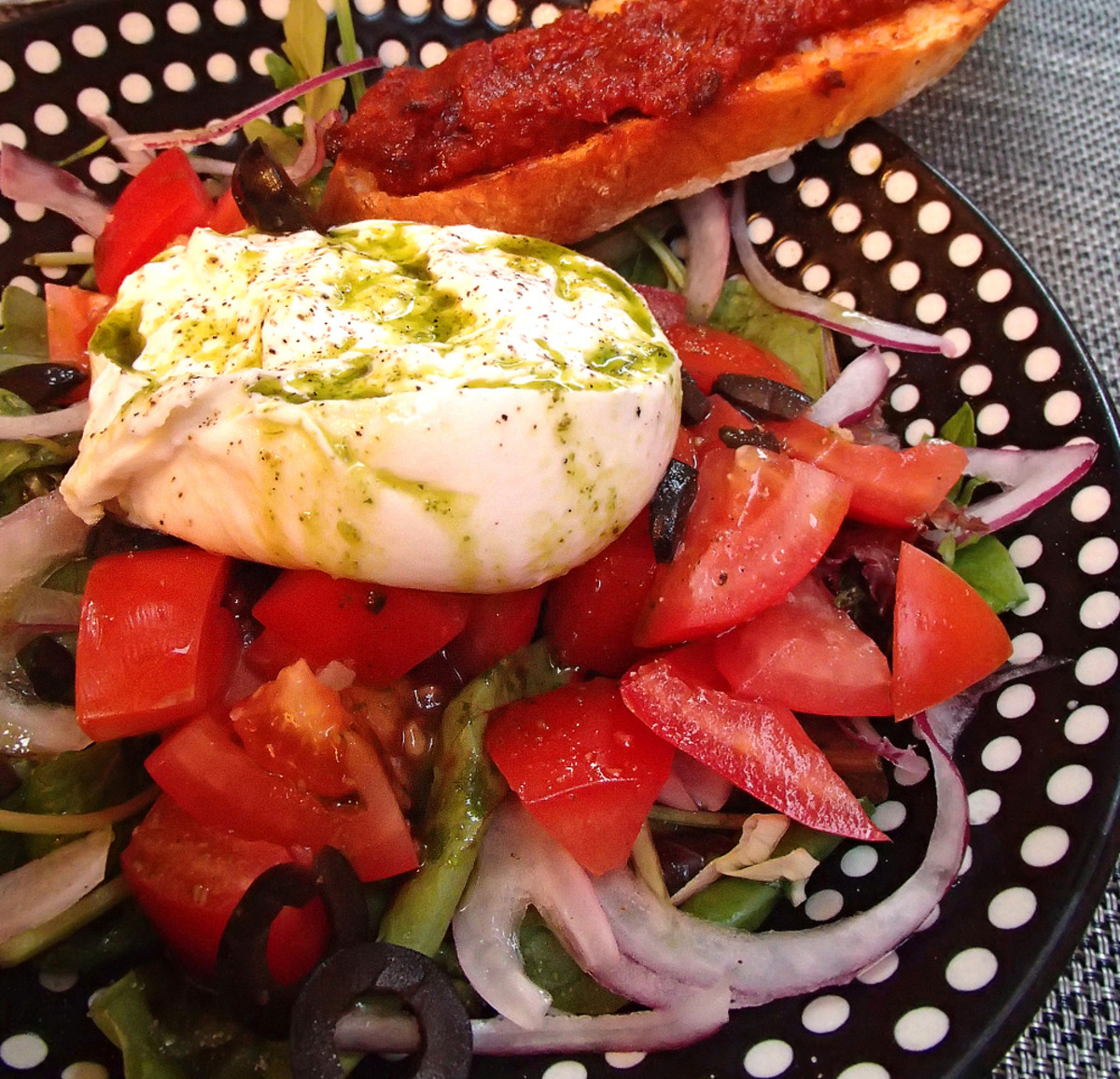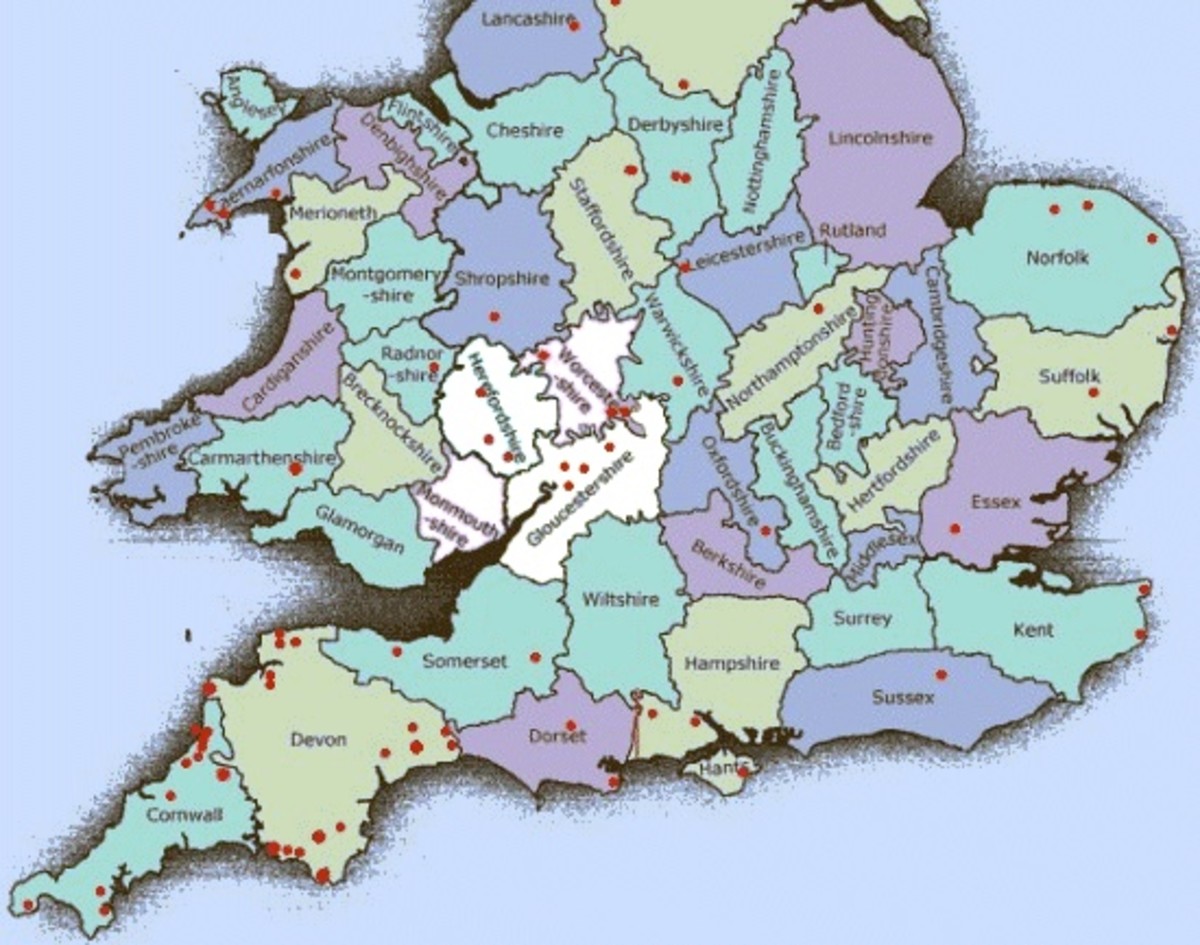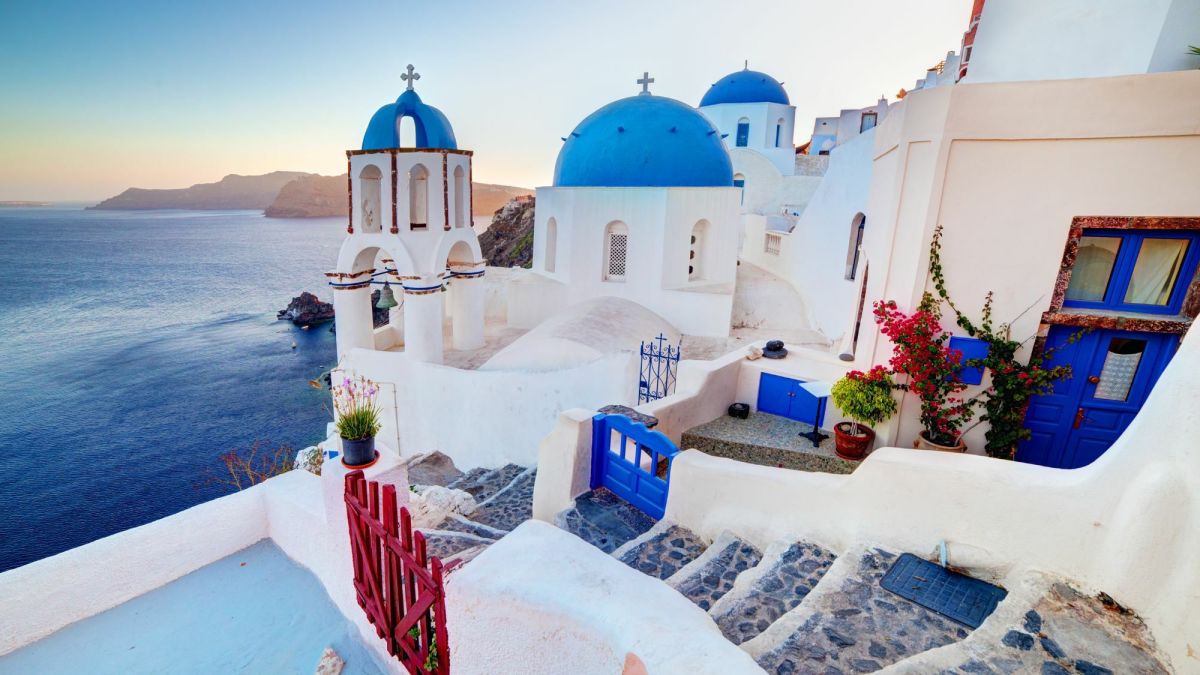Visiting the Hôtel Alfa, Luxembourg City: Art Deco Monumentality by Léon Bouvart (1883-1933)
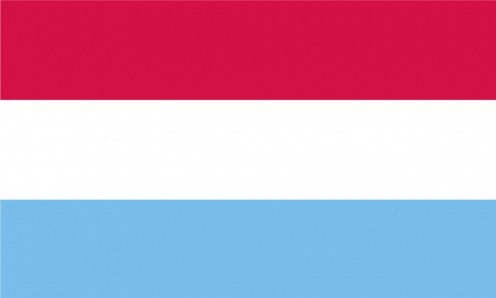
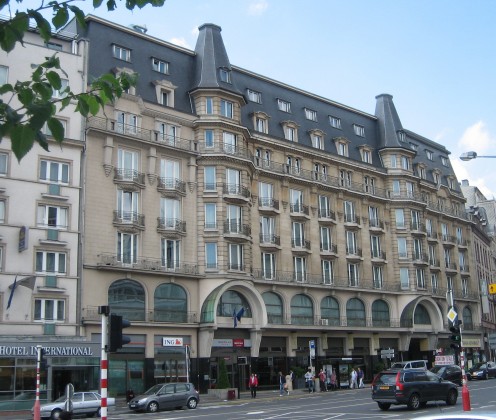
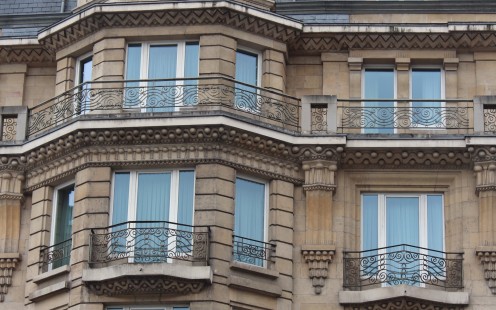
Striking Art Deco style; remembering Generals Eisenhower, Patton and Bradley also
Among Luxembourg City's largest and most well appointed hotels is the Hôtel Alfa, at its very prominent Place de la Gare location. At 141 rooms, and with 7 storeys, its sheer monumentality has been a landmark in the City since the 1930s.
Thus it was that the Hôtel Alfa was already in existence when Luxembourg was occupied by the Nazi German invaders from 19-40 until 1944 (1). Interestingly, US Generals Eisenhower, Patton and Bradley (see below) are all known to have used Hôtel Alfa in 1944; indeed, General Dwight D. Eisenhower dined here on Christimas Day, 1944.
The original business itself at its location near Luxembourg City's central railroad station dated from as far back as 1862. A strong tradition of public, musical events dates indeed from the 1860s. In the late 19th century, streetcars and horse-drawn carriages linked the Hôtel Alfa with Downtown Luxembourg City (2).
A program of refurbishment was undergone in the 1970s. Some of the internal décor of the Hôtel Alfa is ornate.
The Grand Duchy classified the Hôtel Alfa as an historic monument in 1991.
In addition to its Art Deco styling — variations on geometrical patterning at the Place de la Gare elevation are very typical of the style — conspicuous features of the Hôtel Alfa include its hexagonal-style towers blending into the mansard roofing, and the varied window and doorway arching above the ground floor of the building.
The Hôtel Alfa was designed by Léon Buvart (1883-1933)(3).
March 2, 2018
Notes
(1) While Luxembourg City was permanently liberated from 1944, parts of the Grand Duchy's territory — not least after the Battle of the Bulge — remained occupied occupied into 1945.
(2) See also (in French): http://www.wellkomm.lu/index.php?view=category&catid=25&option=com_joomgallery&Itemid=834
(3) The death of Architect Bouvard at the relatively early age of 50, who studied at the Académie Royale des Beaux-Arts / Koninklijke Academie voor Schone Kunsten, Brussels, Belgium, cut short an already distinguished career; he was notably responsible for Palais du Mobilier Bonn Frères and Victoria House buildings in Luxembourg City and the Michel Welter Monument, Esch-sur-Alzette. See also (in Létzebuergesch): https://lb.wikipedia.org/wiki/L%C3%A9on_Bouvart
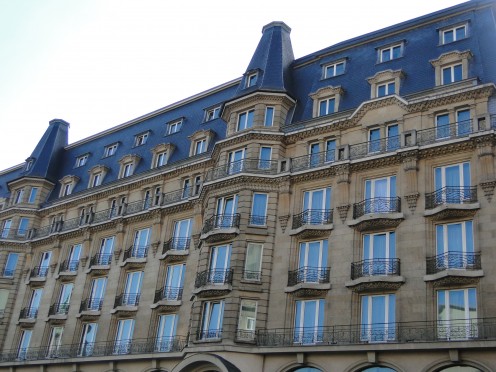
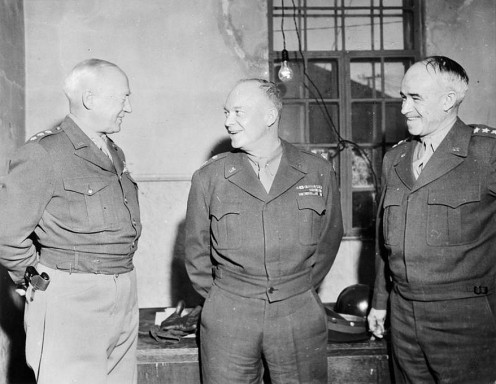
Also worth seeing
In Luxembourg City itself, its numerous visitor attractions include: the Cathedral; the Saint-Quirin chapel; the Grand Ducal Palace; the Chamber of Deputies building; the towered, former State Savings Bank building at place de Metz where General Omar Bradley had his headquarters at the end of World War Two; the Pont Adolphe over the picturesque Pétrusse Valley; Place Guillaume II ; the Gelle Fra monument; the former ARBED building; and many others.
...
How to get there: From Luxembourg Airport (Aéroport de Luxembourg), at Findel, car rental is available. For North American travellers who make the London, England area their touring base, airlines flying to Luxembourg include Luxair (from London Heathrow Airport and London City Airport). You are advised to check with the airline or your travel agent for up to date information. Please note that some facilities may be withdrawn, without notice. It is advisable to consult appropriate consular sources for any special border crossing arrangements which may apply to citizens of certain nationalities.
MJFenn is an independent travel writer based in Ontario, Canada.
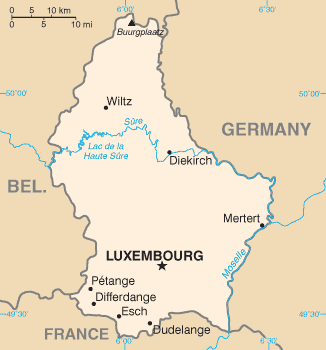
Other of my hubpages may also be of interest
- Visiting the Railroad Station, Luxembourg City, and its striking, stained glass window: strongly ecc
Artistic projection of Luxembourg as a cultural and spiritual repository? Hope — deeply rooted in an ecclesiastically driven past — for a new, post-war era? Stained glass letting the imagination roar! - Visiting the Chapel of Saint-Quirin, Luxembourg City: ancient church building cleft in the rock
This remarkable Medieval chapel is striking not only for its origins many centuries in the past but also because of its location: cleft in rock in Luxembourg City's Pétrusse Valley. Some history and features This chapel is...
